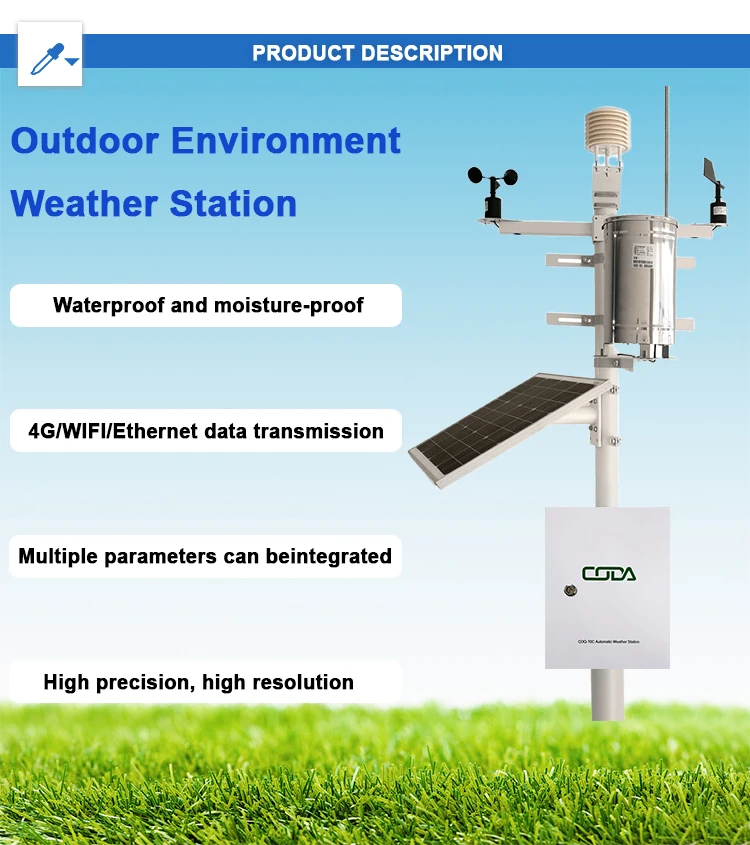
本身
html
Advantages and Disadvantages of Automatic Weather Stations
Automatic Weather Stations (AWS) have revolutionized the way meteorological data is collected and analyzed. These systems provide real-time weather information with minimal human intervention, making them invaluable for various applications. However, like any technology, they come with their own set of advantages and disadvantages.
Advantages of Automatic Weather Stations
1. Real-Time Data Collection
One of the most significant benefits of AWS is their ability to collect and transmit weather data in real time. This allows meteorologists and researchers to monitor weather conditions continuously, improving the accuracy of forecasts and warnings.
2. Reduced Human Error
Since AWS operate automatically, they minimize the risk of human error in data collection. This leads to more reliable and consistent weather data, which is crucial for scientific research and decision-making.
3. Cost-Effective in the Long Run
Although the initial setup cost of an AWS can be high, the long-term savings are substantial. These systems require less manpower for operation and maintenance, reducing labor costs over time.
4. Remote Monitoring Capabilities
AWS can be installed in remote or hard-to-reach locations, providing weather data from areas that would otherwise be difficult to monitor. This is particularly useful for environmental studies and disaster management.
Disadvantages of Automatic Weather Stations
1. High Initial Costs
The upfront cost of purchasing and installing an AWS can be prohibitive for some organizations. This includes the cost of sensors, communication systems, and other necessary equipment.
2. Maintenance Challenges
While AWS require less human intervention, they are not maintenance-free. Sensors and other components can degrade over time due to environmental factors, requiring regular calibration and replacement.
3. Dependence on Power and Connectivity
AWS rely on a stable power supply and communication networks to function effectively. In areas with unreliable electricity or poor connectivity, the performance of these stations can be compromised.
4. Limited Flexibility
Once installed, AWS are typically designed to measure specific weather parameters. Adding new sensors or modifying the system to measure additional variables can be complex and costly.
Conclusion
Automatic Weather Stations offer numerous benefits, including real-time data collection, reduced human error, and cost savings over time. However, they also come with challenges such as high initial costs, maintenance requirements, and dependence on external factors like power and connectivity. Understanding these advantages and disadvantages is essential for organizations considering the adoption of AWS for weather monitoring and research.